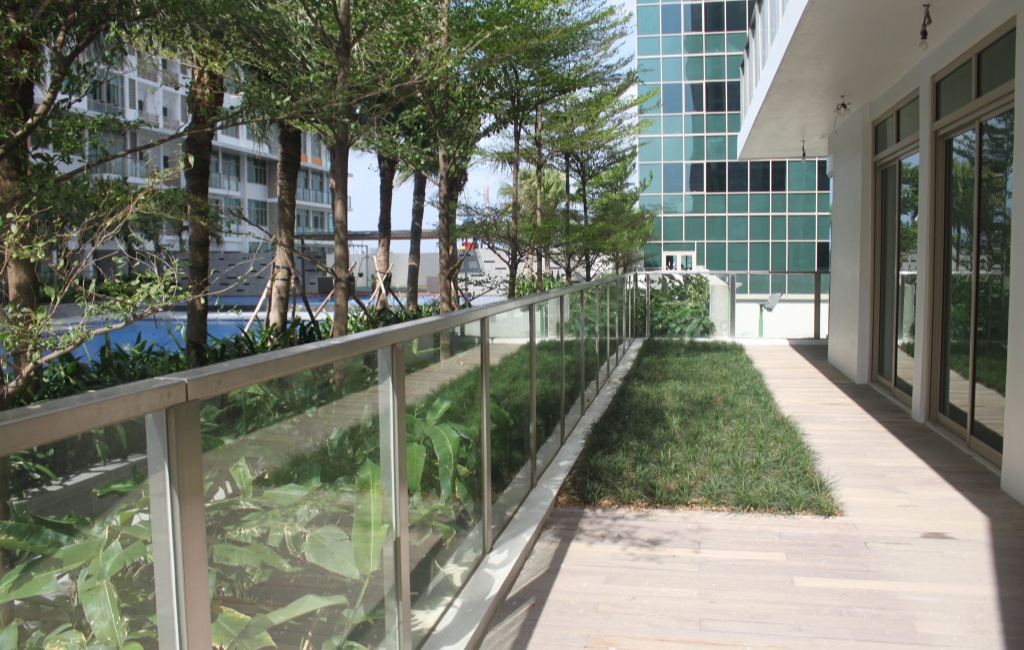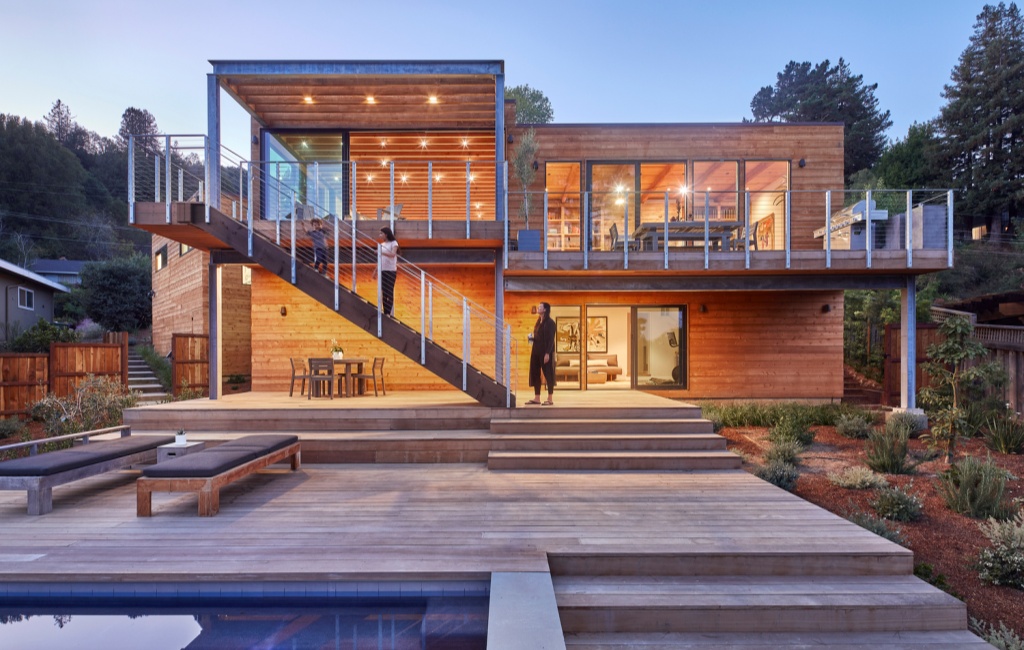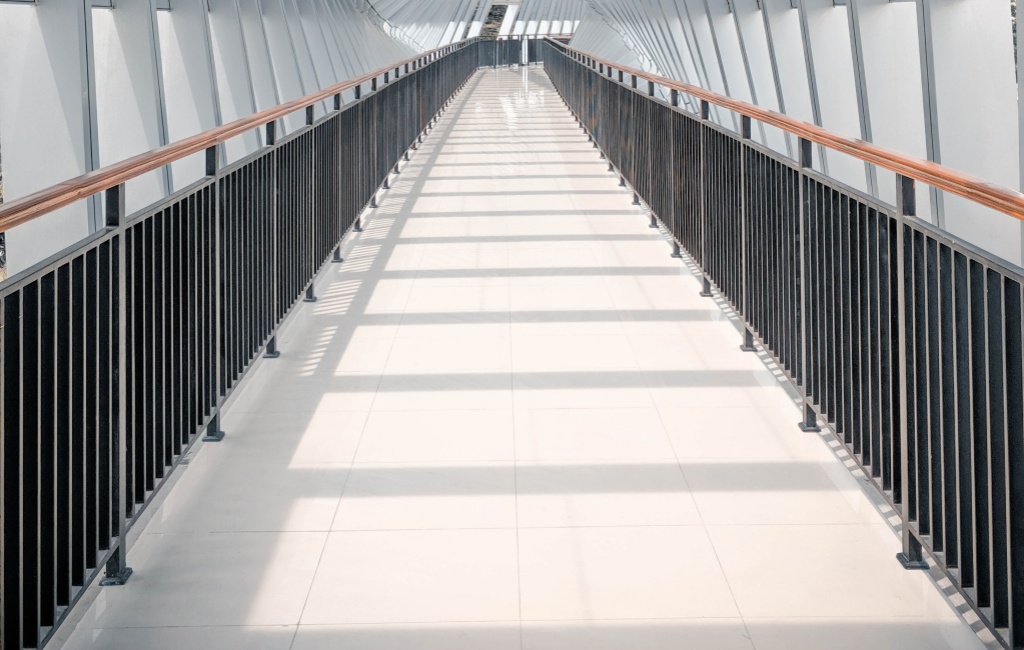Exploring Diverse Installation Methods of Railings: Safety, Aesthetics, and Functionality in Harmony
I. Introduction
Railings play a crucial role in enhancing the safety, aesthetics, and functionality of various settings, ranging from residential balconies to commercial staircases and industrial decks. Proper installation methods are paramount to ensuring that these structures not only meet safety standards but also blend seamlessly with their surroundings. In this article, we delve into the diverse installation methods of railings, with a particular focus on glass railing, stainless steel railing, and metal railings, exploring their unique features, advantages, and considerations for installation.
II. Types of Railing Materials and Their Installation Considerations
Glass railings offer a modern and sleek aesthetic, allowing for unobstructed views while maintaining a high level of safety. The installation of glass railings typically involves a frameless or semi-frameless design. In frameless installations, glass panels are securely clamped or bolted directly to the supporting structure, creating a minimalist look. Semi-frameless designs, on the other hand, feature a minimal metal frame that supports the glass panels, offering a balance between style and strength. The installation process requires precise measurements and attention to detail to ensure that the glass panels are securely fastened and aligned perfectly.

Stainless steel railings are renowned for their durability, corrosion resistance, and sleek appearance. They are often chosen for outdoor applications due to their ability to withstand harsh weather conditions. The installation of stainless steel railings typically involves a post-and-panel system, where stainless steel posts are anchored into the foundation or wall, and pre-fabricated panels are attached using bolts or welding. The use of stainless steel ensures that the railing system remains rust-free and maintains its aesthetic appeal over time.

Metal Railings (General Overview, Including Steel and Aluminum)
Metal railings, such as those made from steel or aluminum, offer a versatile and strong solution for a wide range of applications. Steel railings are known for their high strength and durability, making them ideal for heavy-duty applications. Aluminum railings, on the other hand, provide a lightweight yet sturdy alternative, with excellent corrosion resistance. The installation process for metal railings often involves securing posts into the foundation or wall and attaching pre-fabricated panels or custom-built components. Welding and bolting are common techniques used to join metal components, ensuring a secure and stable railing system.

III. Unique Installation Methods for Specific Applications
For staircase railings, whether made of glass, stainless steel, or metal, safety and compliance with building codes are paramount. Baluster spacing must be carefully calculated to prevent children from slipping through while maintaining a visually appealing design. Wall-mounted or post-supported installations are chosen based on the staircase's design and structural integrity.
Balcony and deck railings require special attention to load-bearing capacity and foundation reinforcement. Glass, stainless steel, and metal railings can all be integrated seamlessly into the surrounding architecture, enhancing the overall aesthetic appeal.
Pool railings, in particular, must adhere to strict safety standards, including the use of self-closing gates and latches to prevent unauthorized access. Glass, stainless steel, and metal railings can all be customized to meet these requirements while maintaining a stylish and secure perimeter around the pool.
IV. Factors to Consider When Choosing an Installation Method
When selecting an installation method for railings, several factors must be taken into account. Site-specific conditions, such as soil type, climate, and exposure to elements, can impact the durability and longevity of the railing system. Building codes and regulations must be strictly adhered to, ensuring that the railing meets all safety standards. Maintenance requirements and long-term costs should also be considered, as some materials and installation methods may require more upkeep than others.
Aesthetic preferences and design integration with the overall architectural style are equally important. Glass, stainless steel, and metal railings each offer unique visual appeal and can be customized to suit a wide range of design styles.
V. Best Practices and Tips for Successful Installation
To ensure a successful installation, it is crucial to engage a qualified and experienced contractor or installer. Accurate measurements and planning are essential to minimize waste and ensure a precise fit. Regular inspections and maintenance are also necessary to maintain safety and extend the lifespan of the railing system. Staying updated with the latest installation techniques and materials can help improve performance and ensure that the railing system remains up-to-date with industry standards.
VI. Conclusion
In conclusion, the installation of railings is a complex process that requires careful consideration of multiple factors, including material choice, site-specific conditions, building codes, and aesthetic preferences. Glass, stainless steel, and metal railings each offer unique advantages and installation considerations. By selecting the appropriate installation method and engaging a qualified contractor, it is possible to create a railing system that enhances safety, aesthetics, and functionality in harmony with its surroundings.
